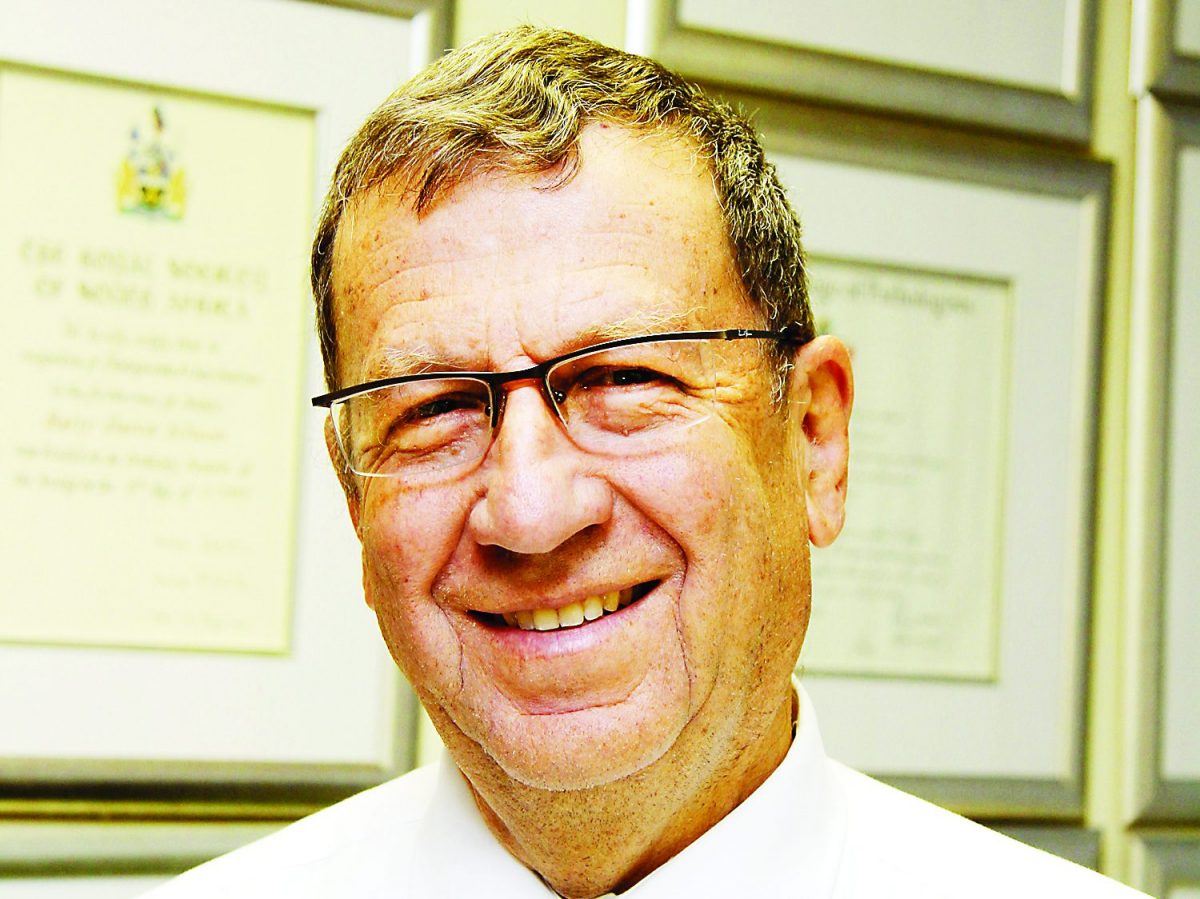click to dowload our latest edition
CLICK HERE TO SUBSCRIBE TO OUR NEWSLETTER


Published
4 years agoon
The announcement by the president of progress to lockdown level 2 from 18 August and the consequent lifting of the great majority of infection-control restrictions has been largely welcomed.
The potential recovery from the devastation of the country’s ailing economy mandated that measures to stimulate the country’s economy were urgently needed.
The opening of schools and the imminent opening of shuls have further engendered a feeling of complacency after more than five months of lockdown confinement and restrictions. The news is, of course, good.
Community decisions to open schools and shuls were taken only after very careful investigation, evaluation, and analyses. Indications are that the country’s epidemic curve is entering a downward trajectory, supported by data such as the 80% recovery rate, a fluctuating but reasonably consistent decline in the weekly or fortnightly average of new cases, test positivity ratios, and others.
However what’s critically important and what can’t be overemphasised, is that the COVID-19 pandemic is unequivocally far from over.
The threat of a resurgence is very real for a number of cogent, viral epidemiological reasons. First, the mass of virus (the viral burden) in the country remains very high in spite of the downward trend of the epidemic curve. We still rank number five in the world in total number of cases, and are amongst the top countries globally with daily new cases.
Second, the great majority of the population – more than 90% – has never encountered the virus and remains susceptible to infection. Third, the further lifting of restrictions can only promote greater spread of the virus.
It’s precisely a false euphoria which accompanied the relaxation of restrictions that led to the return of the virus with a vengeance in countries such as Israel, France, and several other countries, and most markedly in Melbourne, Australia.
Even the island country of New Zealand, largely insulated from COVID-19, which recently celebrated its 100 days of no community spread of the virus with packed sports stadiums and convivial social hugging, was recently jolted by four new cases, rapidly spreading to 69 active cases as at the end of last week.
An even more sobering lesson can be learnt from the Spanish influenza pandemic. In South Africa, the euphoria after the relatively minor first wave in March 1918 was followed by the devastation of the second wave in the spring of that year which killed 6% of the population of the country in six weeks – the so-called “black October”.
That there will be a second wave in South Africa is certain. What the force of the infection will be, however, can’t be predicted. That would depend on how carefully the preventive measures of masking, physical distancing, and avoiding social gatherings, particularly in indoor environments without ventilation, are maintained.
The Jewish population in the country has, to date, been especially hard hit, largely because of its age structure. Last week, the SA Jewish Report published an extrapolated Jewish population mortality rate of 2 038 per million – more than 10 times that of the general population figure of 197 per million.
As a community, we can’t be lulled into complacency because of the relaxed lockdown restrictions and the cautious reopening of shuls. Disregarding infection-control protocols for shuls, or returning to large family Rosh Hashanah dinners, can only imperil the community, particularly its most vulnerable members.
The temptation to organise private minyanim over the high holidays in spite of solemn undertakings to “take all of those precautions” will be regretted, hopefully not tragically, by those participants. Now is the time when common sense, social responsibility, and community benefaction will be sorely tested.
• Professor Barry Schoub is emeritus professor in virology at the University of the Witwatersrand, and the former director of the National Institute for Communicable Diseases (NICD).
